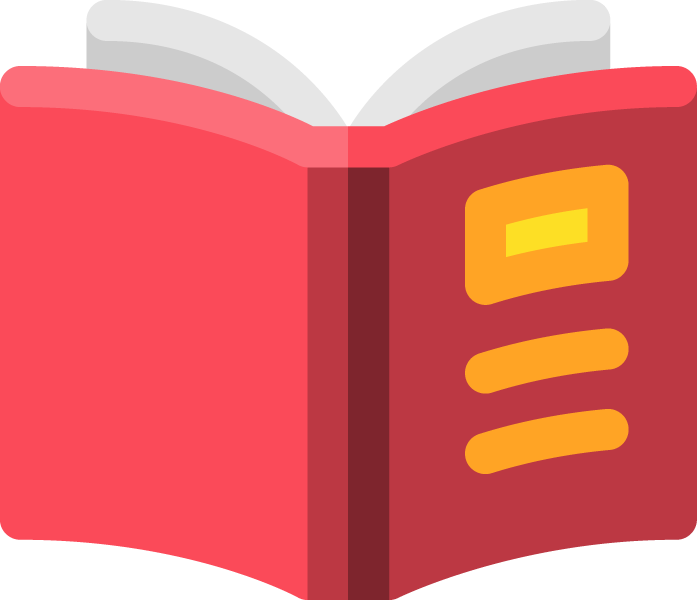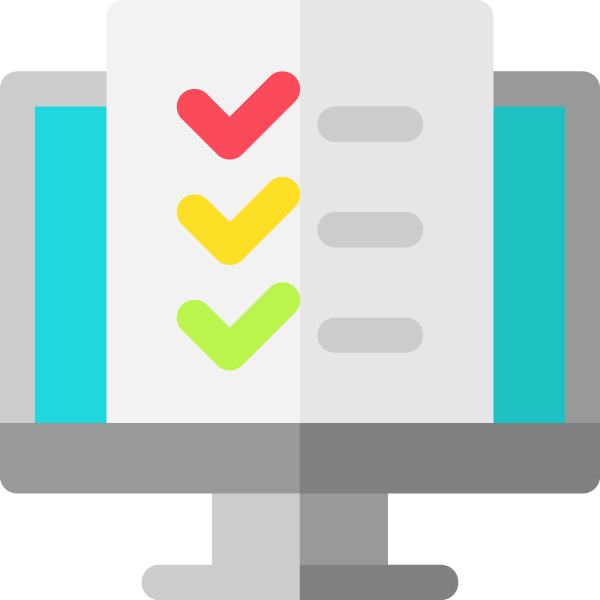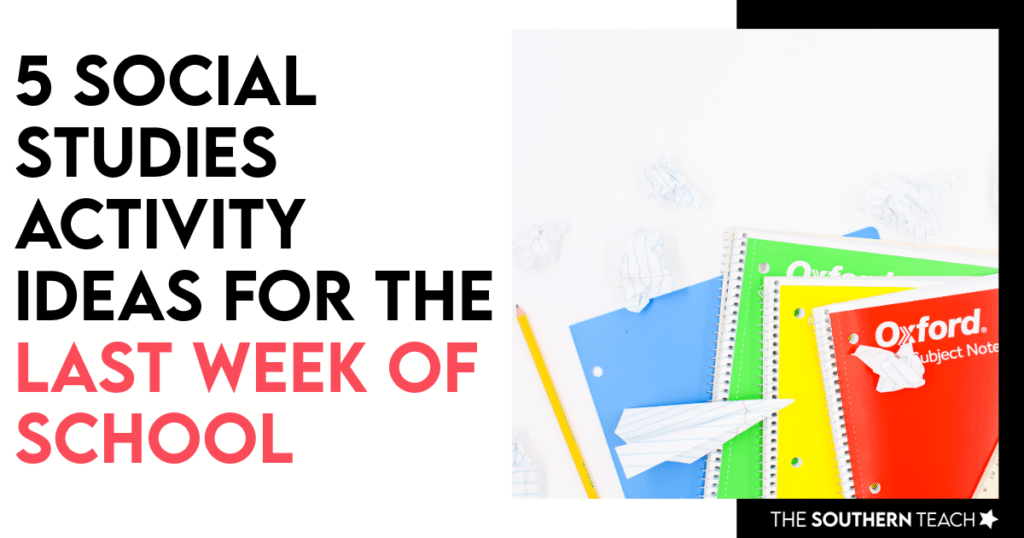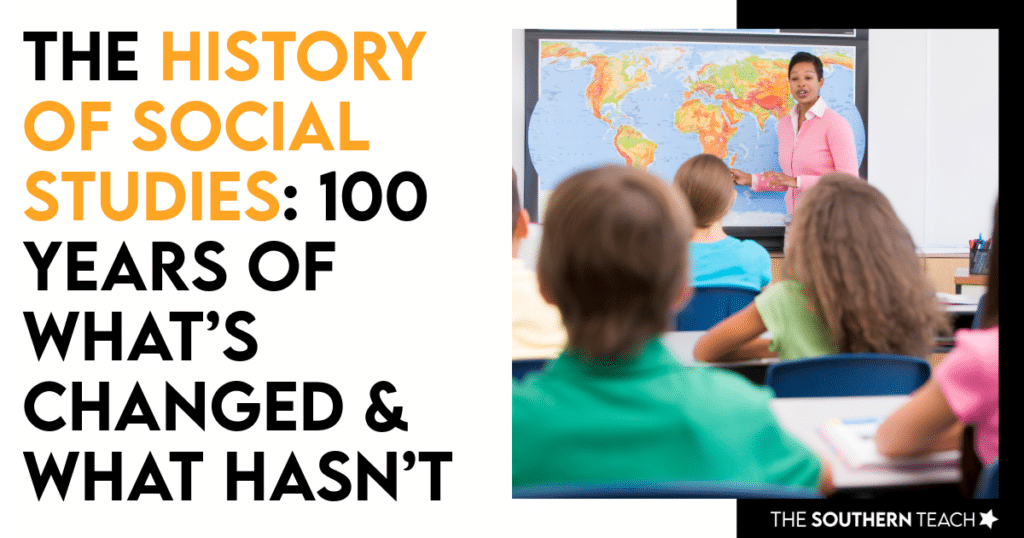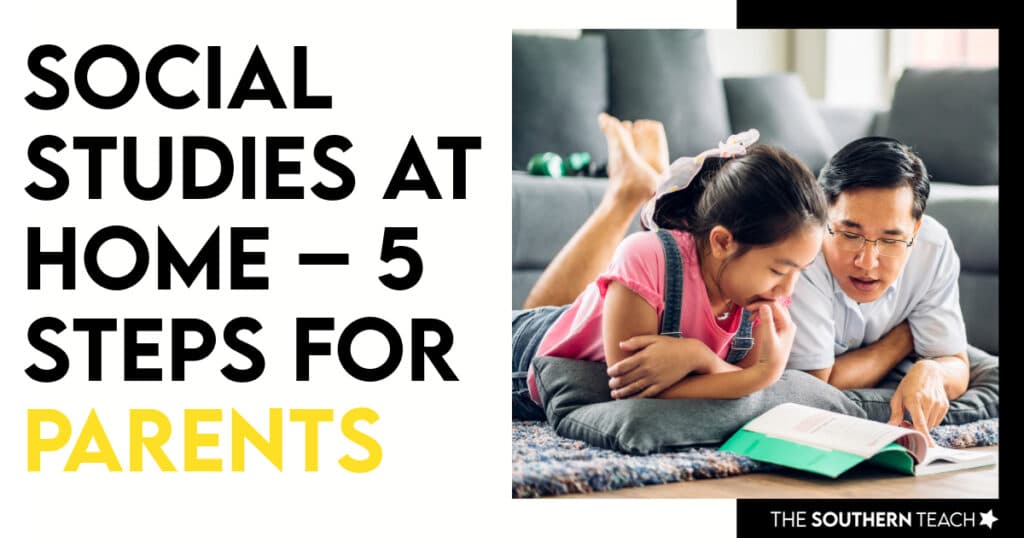Share This Post:
As upper elementary teachers, we are always looking for ways to better understand and engage with our students. One helpful tool for this is the Enneagram – I am obsessed with it!
I love being able to find out my personality type and also learn about other people’s personality types. We are social creatures – knowing the tendencies of various types is incredibly useful in daily life as well as teaching.
I will also share some ideas on:
- how you can help your students reflect on their Enneagram personality type
- what you can do to spark discussion and share their findings
Read and find out how incorporating the Enneagram can make a difference in fostering positive relationships among teachers and students alike!

What is the Enneagram?
Let’s go into a little bit of a background of what exactly an Enneagram is. If you are not familiar with the Enneagram, this is a personality theory that characterizes nine specific and distinct personality types by behaviors, motivations, and fears.
According to this theory, people are born with a dominant type that is shaped by life experiences and factors. There may be a few Enneagram types that we may identify with, but there should be one that mainly stands out with us.
It’s important to note that the Enneagram should not be used to box off or tell a student that they are a certain type. It’s all about self-discovery.
In order for students to know about their actual personality type, they would need to take a version themselves.

Characteristics of Each Enneagram Type
Type 1: The Reformer
- want to be good and do things the right way
- worry about being wrong or getting in trouble
- may see them feel at ease when they are given step by step directions
- thrive on structure, well-defined expectations
Type 2: The Helper
- always helpful, caring, and generous
- worry about not being wanted
- enjoy a smaller sized classroom, group work, and/or jobs that require them to help others (thrives in support roles)
Type 3: The Achiever
- want to be successful and love to be the center of attention
- might worry about failing
- thrive on a visible and tangible reward system
- thrive on clearly defined expectations
- thrive on opportunities to lead others in a positive way as a role model and work in groups.
Type 4: The Individualist
- unique and deeply introspective
- worry about being too plain or boring
- enjoy projects where their creativity can shine
- learn best with a variety of assignments and posters and visuals.
Type 5: The Investigator
- curious and is wanting to know and learn as much as possible
- love topics that interest them a lot
- worry about being helpless
- love working independently
- love structured and predictable routines
Type 6: The Loyalist
- want to be supported and secure
- worry about being uncertain or insecure
- thrive in a classroom where they can safely ask and answer questions without being afraid of being judged or laughed at
- enjoy having a trusting classroom environment
Type 7: The Enthusiast
- want to be happy and are generally very optimistic, fun, and vibrant
- may worry about being too bored or sitting in one spot in the classroom for long periods of time
- enjoy working at fast paces
- like fun and engaging lessons
- love working in groups
Type 8: The Challenger
- wants to be strong and is not afraid to challenge other students or teachers
- difficult to determine when they are being curious vs argumentative
- may worry about being too controlled
- work best in a classroom with fair rules and expectations
Type 9: The Peacemaker
- wants to avoid conflict or arguments at all possible costs
- agreeable to a fault
- might worry about people not getting along
- learn best in a peaceful and happy classroom atmosphere
You may notice that some of the Enneagram characteristics and ways to learn overlap with each other. You might have several types that are able to work by themselves, or you might have a few types that they like working in groups.
How Can I Help Students Find Their Enneagram Type?
There are a few steps to help students find out their Enneagram type. These exercises are all perfect for Grades 4-6 or Grades 1-3! You would just need to tailor it based on your students.
Ask Guiding Questions
Invite your students to reflect with some guiding questions.
Give students some information about the nine types of students. Then give students about 5-10 minutes to think about and respond to four guiding questions:
- What characteristics best describe me?
- What are my biggest want or needs?
- What are my biggest worries?
- How do I learn best?
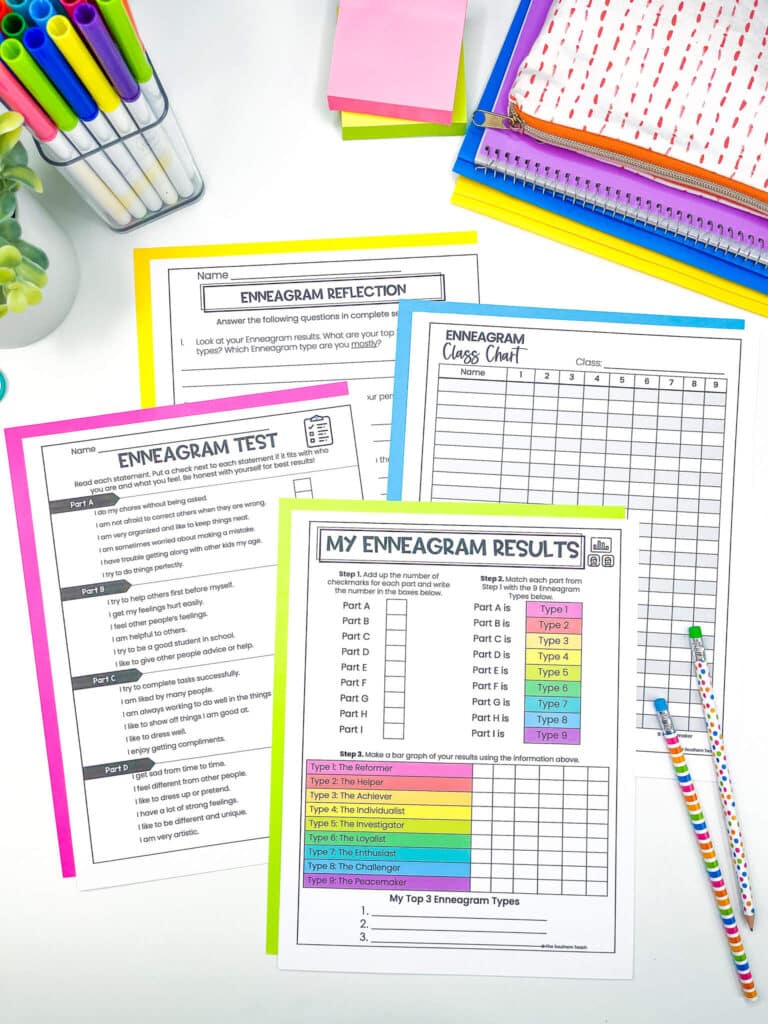
If you want to make it even easier for your students, I have checklist-style Enneagram tests where students simply check which statements for each type that they agree with. This is available for Grades 4-6 and Grades 1-3!
Determine the Best Enneagram Type
After you give your students some time to reflect on these guided questions, what to do next is have the students look at the nine types of students and decide on what category they think fits them the best.
Lay out those nine Enneagram types and give a brief overview of each Enneagram type. They may see a couple that they feel stand out to them. Have students try to pick the top one that they may identify the most with.
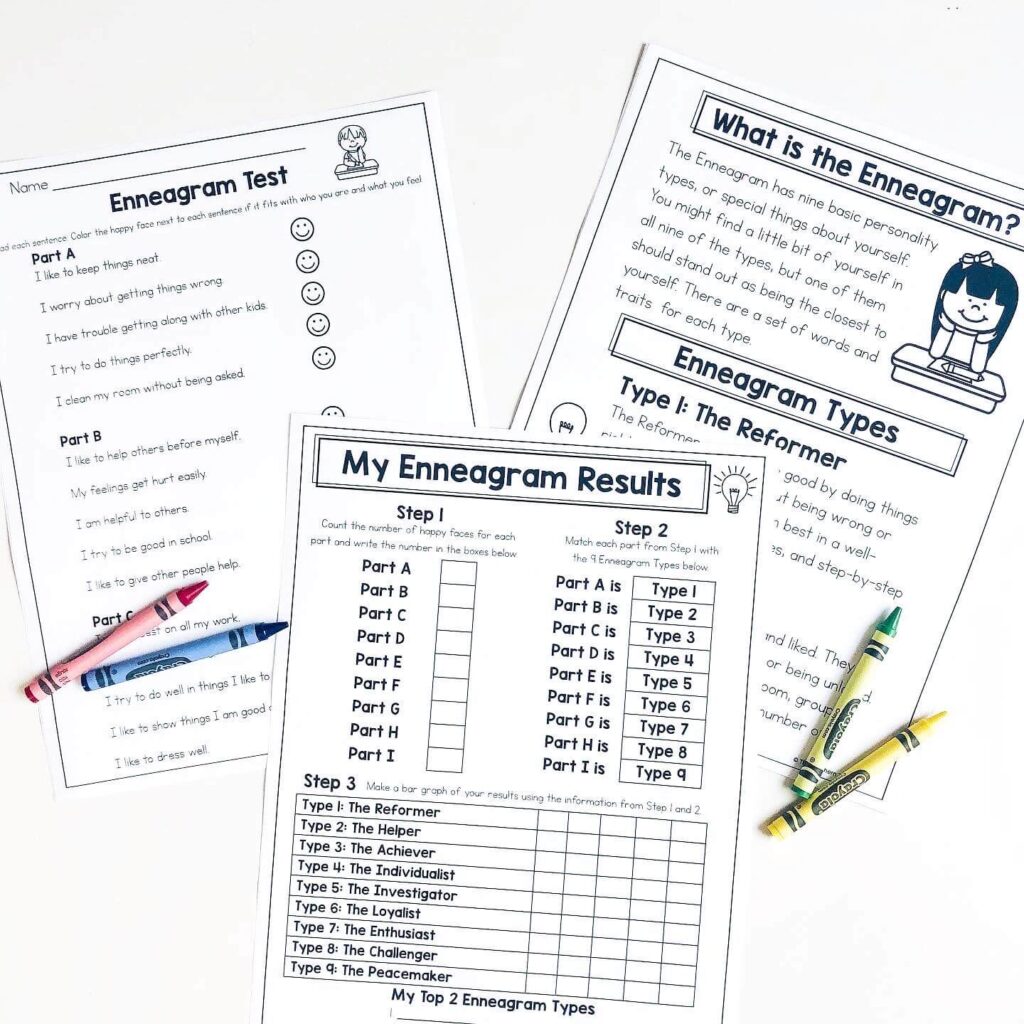
In the Enneagram for Big Kids and Enneagram for Primary Kids resources, I save you and your students time with a special results page that students tally and graph after completing the assessment.
Ultimately, they will be able to identify which top 2 or 3 Enneagram types they may identify with based on the statements they agreed with.
Share Findings and Reflect
After they decide on which Enneagram type fits them the best, have students share their findings.
Group students by Enneagram type and have them make a poster on what they need from you and also what they need from other types of students in the classroom in order to be successful and meet their wants and needs in the classroom.
Have students turn it in quietly and not share, or you can have them individually share to the class some things that they need from their classmates and teacher.
It’s a really great way to spark some conversation and open communication on what they’ve discovered. Self-discovery is the most important part!
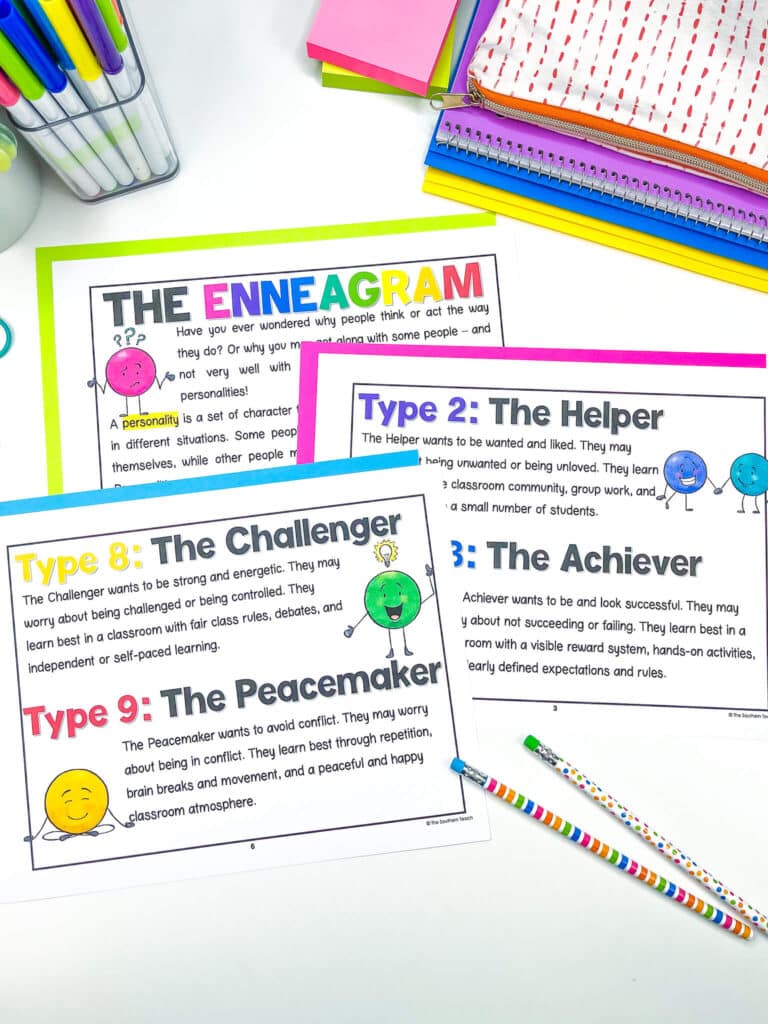
In the Enneagram resources for Grades 1-3 and Grades 4-6, students will be able to reflect and read more about the different Enneagram types.
Make sure students are aware of their wants and worries and best ways to learn. This Enneagram exercise is a great activity to complete for the first month of school.
You can also use your knowledge of the Enneagram types to refer to throughout the year and to also help you plan some lessons and activities that will engage all your students.
It’s a really great way to meet the needs of your students in the maximum way possible.
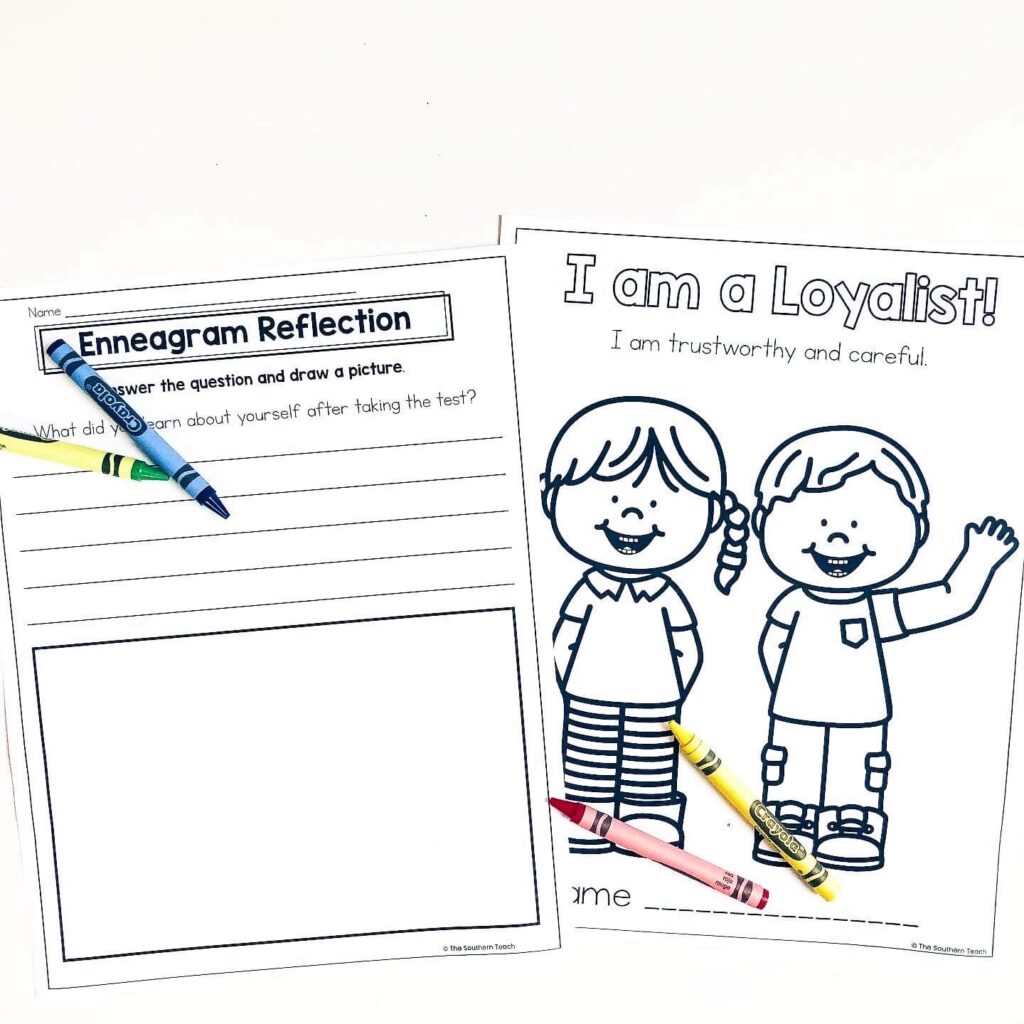
The Enneagram for Big Kids and Enneagram for Primary Kids are resources that include:
- An Enneagram test with statements (checklist-style)
- A results page where students can graph and see which top types they identify with
- A reflection page
- Informational text in student-friendly language about each type
kirsten hammond
Kirsten is a former 3rd and 5th grade teacher who loves helping upper elementary teachers by creating resources and sharing ideas that are engaging, research-based, and TEKS-aligned. She is a work-from-home mama of 3 rambunctious little ones and loves running, true crime, and lots of coffee.

